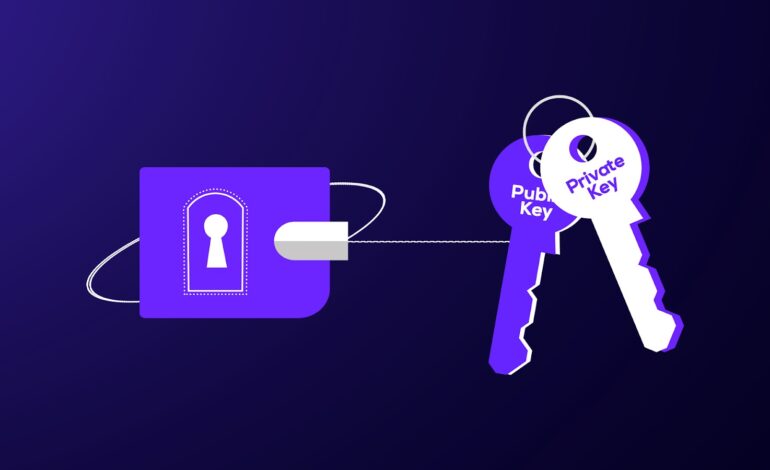
In today’s digital world, passwords are the first line of defense for most online systems. However, with growing cyber threats, just storing passwords is not enough to secure user information. One essential technique used to enhance password security is salting.
What is Salting?
Salting is the process of adding random data (the salt) to a password before hashing it. The goal is to make each password hash unique, even if two users have the same password. This prevents hackers from easily cracking passwords using techniques like rainbow tables.
Example:
Let’s say two users choose the password 12345. Without salting, both passwords would result in the same hash value:
- Hash of “12345” (without salt):
827ccb0eea8a706c4c34a16891f84e7b
If both users have this hash stored in the database, a hacker who finds one hash can guess both users’ passwords.
Now, if each password is salted with a unique value before hashing, it might look like this:
- User 1: Salt =
abc123- Hash:
h@21dsj1Aasd823a
- Hash:
- User 2: Salt =
xyz987- Hash:
5bs5lzm97Jus2711
- Hash:
Even though both users used the same password, their final stored hash values are completely different. This makes it harder for attackers to reuse the same hash to attack multiple accounts.
How Does Salting Work?
- User Creates a Password:
- A user inputs a password like “mypassword123”.
- Generate a Salt:
- The system generates a random string (the salt), such as “X8a9B1”.
- Combine Password + Salt:
- The salt is added to the password, resulting in “mypassword123X8a9B1”.
- Hash the Combined String:
- A cryptographic hashing algorithm (like SHA-256 or bcrypt) processes the password + salt.
- Store the Hash and Salt:
- The hash and its unique salt are stored in the database.
Whenever the user logs in, the same process repeats: the password is salted and hashed, and the system compares the new hash with the stored one. If they match, the user is granted access.
Why is Salting Important?
Salting solves several key security problems:
1. Prevents Rainbow Table Attacks
- A rainbow table is a precomputed table of hashes for common passwords. If a hacker gets access to a database with unsalted password hashes, they can quickly compare these against the rainbow table to guess passwords.
- With salting, the precomputed hashes are useless since each password hash is unique due to the salt.
2. Defends Against Reuse of Passwords
- Many people use the same password across multiple platforms. Without salting, if one platform is hacked, the same password hash could be used to hack other platforms.
- Salting ensures that the same password produces different hashes on each platform, making it impossible to reuse a hash.
3. Increases Security for Weak Passwords
- Salting strengthens weak passwords by adding randomness to them, making brute-force attacks (where hackers guess passwords one by one) more time-consuming and costly.
What are Hashing Algorithms Used with Salting?
Here are some popular hashing algorithms commonly used with salting:
- SHA-256:
- A widely-used cryptographic hash function, though it’s recommended to pair it with salts to stay secure.
- bcrypt:
- Specifically designed for password hashing, bcrypt automatically handles salting internally and adds work factors to make brute-force attacks more difficult.
- scrypt and Argon2:
- Newer password hashing algorithms, designed to be resistant to attacks even with high computing power.
Salt Size and Randomness
- Salt Length: A good salt is usually 16 bytes or more to ensure randomness.
- Unique Salt for Every User: Each password should have its own unique salt, even if two users have the same password.
- Where to Store the Salt?: Salts are stored alongside the hash in the database, as they are publicly accessible and do not need to be secret.
Common Misconceptions About Salting
- “Salts need to be secret.”
- No! A salt is not a password or key. It’s just random data to ensure uniqueness. Even if a hacker gets the salt, they won’t be able to reverse the hash.
- “Salting alone is enough for security.”
- Not entirely. Salting is important, but you also need to use strong hashing algorithms and consider peppering (a secret value added in addition to the salt).
Salting vs. Other Security Measures
- Peppering: Similar to salting, but the pepper value is secret and not stored in the database. It’s typically hardcoded in the application.
- Salting and Two-Factor Authentication (2FA): Even with salted passwords, it’s a good idea to implement 2FA for additional security.
In today’s world, data breaches are becoming more common, and simple password protection isn’t enough. Salting passwords makes it much harder for attackers to crack them, even if they manage to access your database.
By combining salting with strong hashing algorithms like bcrypt or Argon2, you can provide an extra layer of security for your users. Remember, good security practices aren’t just about ticking boxes—they’re about staying one step ahead of hackers.
Salting might seem like a small addition to password management, but it plays a huge role in keeping users safe. So, the next time you create a system that handles passwords, remember: Don’t forget the salt!







1 Comment
I used to be recommended this web site by my cousin. I am no longer positive whether or not this put up is written by him as no one else understand such special about my difficulty. You’re wonderful! Thank you!